Challenges for Teaching Wireless Communications Standards at the Graduate Level
Abstract
1. Introduction
2. Problems in Teaching Wireless Communications Standards
3. Methodology for Teaching Wireless Standards
3.1. Syllabus
- Digital signal processing
- Digital communications techniques
- Information theory and coding
- Fundamentals of telecommunications networks
3.2. Methodology
- First, the teacher provides lectures of the considered standard recommendations. Teaching materials are loaded on the University’s web platform. Standards documents and links are also shown to the students to understand, e.g., how the 3GPP series and working groups are organized.
- Then, a simplified project is assigned to a group of students on a particular topic, and the student team designs the building blocks of the system by identifying the functionalities and the necessary parameters with the teacher’s/tutor’s supervision.
- Finally, the students test the implemented system in terms of performance with respect to the specifications. A report written by the students reviews the performance analysis and the encountered difficulties to achieve the objectives.
4. Laboratory Experiences for Telecommunications Standards’ Education
4.1. Experiences of Collaboration with the Telecom Operator
4.2. Laboratory Experiences by Using MATLAB
4.3. Laboratory Experience for ZigBee Devices
5. Conclusions
Funding
Acknowledgments
Conflicts of Interest
References
- Demestichas, P.; Georgakopoulos, A.; Karvounas, D.; Tsagkaris, K.; Stavroulaki, V.; Lu, J.; Xiong, C.; Yao, J. 5G on the Horizon: Key Challenges for the Radio-Access Network. Veh. Technol. Mag. IEEE 2013, 8, 47–53. [Google Scholar] [CrossRef]
- Boccardi, F.; Heath, R.; Lozano, A.; Marzetta, T.; Popovski, P. Five disruptive technology directions for 5G. IEEE Commun. Mag. 2014, 52, 74–80. [Google Scholar] [CrossRef]
- Pierucci, L. The quality of experience perspective toward 5G technology. IEEE Wirel. Commun. 2015, 22, 10–16. [Google Scholar] [CrossRef]
- Katusic, D.; Skocir, P.; Kusek, M.; Jezic, G.; Ratti, C.; Bojic, I. Hands-On Education about Standardization: Is That What Industry Expects? IEEE Commun. Mag. 2017, 55, 133–144. [Google Scholar] [CrossRef]
- Gelonch-Bosch, A.; Marojevic, V.; Gomez, I. Teaching Telecommunication Standards: Bridging the Gap between Theory and Practice. IEEE Commun. Mag. 2017, 55, 145–153. [Google Scholar] [CrossRef]
- Available online: http:www.cdio.org (accessed on 13 December 2019).
- Edström, K.; Kolmos, A. PBL and CDIO: Complementary models for engineering education development. Eur. J. Eng. Educ. 2014, 39, 539–555. [Google Scholar] [CrossRef]
- Hassan, O.A. Learning theories and assessment methodologies—An engineering educational perspective. Eur. J. Eng. Educ. 2011, 36, 327–339. [Google Scholar] [CrossRef]
- Biggs, J.; Tang, C. Teaching For Quality Learning At University; Society for Research into Higher Education and Open University Press Imprint, McGraw-Hill Education: London, UK, 2011. [Google Scholar]
- Developing Graduate Engineering Skills. Available online: http://sefibenvwh.cluster023.hosting.ovh.net/wp-content/uploads/2017/07/POsition-Paper-on-Engineering-Skills.pdf (accessed on 13 December 2019).
- Chenard, J.; Zilic, Z.; Prokic, M. A Laboratory Setup and Teaching Methodology for Wireless and Mobile Embedded Systems. IEEE Trans. Educ. 2008, 51, 378–384. [Google Scholar] [CrossRef]
- Available online: http:http://valmon.disia.unifi.it/sisvaldidat/unifi/ (accessed on 13 December 2019).
- Available online: https://www.3gpp.org/DynaReport/36-series.htm (accessed on 13 December 2019).
- Molish, A. Wireless Communications; John Wiley and Sons Ltd. Publishing: Chichester, UK, 2012. [Google Scholar]
- Stallings, W. Wireless Communications and Networks, 1st ed.; Pearson Prentice Hall: Upper SaddleRiver, NJ, USA, 2005; p. 07458. [Google Scholar]
- Holma, H.; Toskala, A. LTE for UMTS: Evolution to LTE-Advanced, 2nd ed.; John Wiley and Sons Publishing: Chichester, UK, 2011. [Google Scholar]
- Khan, F. LTE for 4G Mobile Broadband: Air Interface Technologies and Performance, 1st ed.; Cambridge University Press: New York, NY, USA, 2009. [Google Scholar]
- Hamid, R.; Baharom, S.; Taha, M.R.; Kadaruddin, L.K. Competition as an Innovative Student-centered Learning Method for Open-ended Laboratory Work. Procedia-Soc. Behav. Sci. 2013, 102, 148–152. [Google Scholar] [CrossRef]
- Micheli, D.; Curto, A.; Mazzurco, M.; Pierucci, L.; Fantacci, R.; Simoni, R. Handset and network quality performance benchmarking for QoE improvement. In Proceedings of the 2013 IEEE Globecom Workshops (GC Wkshps), Atlanta, GA, USA, 9–13 December 2013; pp. 1145–1150. [Google Scholar] [CrossRef]
- Pierucci, L.; Romoli, A.; Fantacci, R.; Micheli, D. An optimized neural network for monitoring Key Performance Indicators in HSDPA. In Proceedings of the 21st Annual IEEE International Symposium on Personal, Indoor and Mobile Radio Communications, Istanbul, Turkey, 26–29 September 2010; pp. 2041–2045. [Google Scholar] [CrossRef]
- Pierucci, L.; Micheli, D. A Neural Network for Quality of Experience Estimation in Mobile Communications. IEEE MultiMedia 2016, 23, 42–49. [Google Scholar] [CrossRef]
- Chiti, F.; Pierucci, L. API2T: A bit of improvement for applications in critical scenarios. In Proceedings of the 6th International Wireless Communications and Mobile Computing Conference (IWCMC ’10), Caen, France, 28 June–2 July 2010; pp. 794–798. [Google Scholar] [CrossRef]
- Pecorella, T.; Pierucci, L.; Nizzi, F. “Network Sentiment” Framework to Improve Security and Privacy for Smart Home. Future Internet 2018, 10, 125. [Google Scholar] [CrossRef]
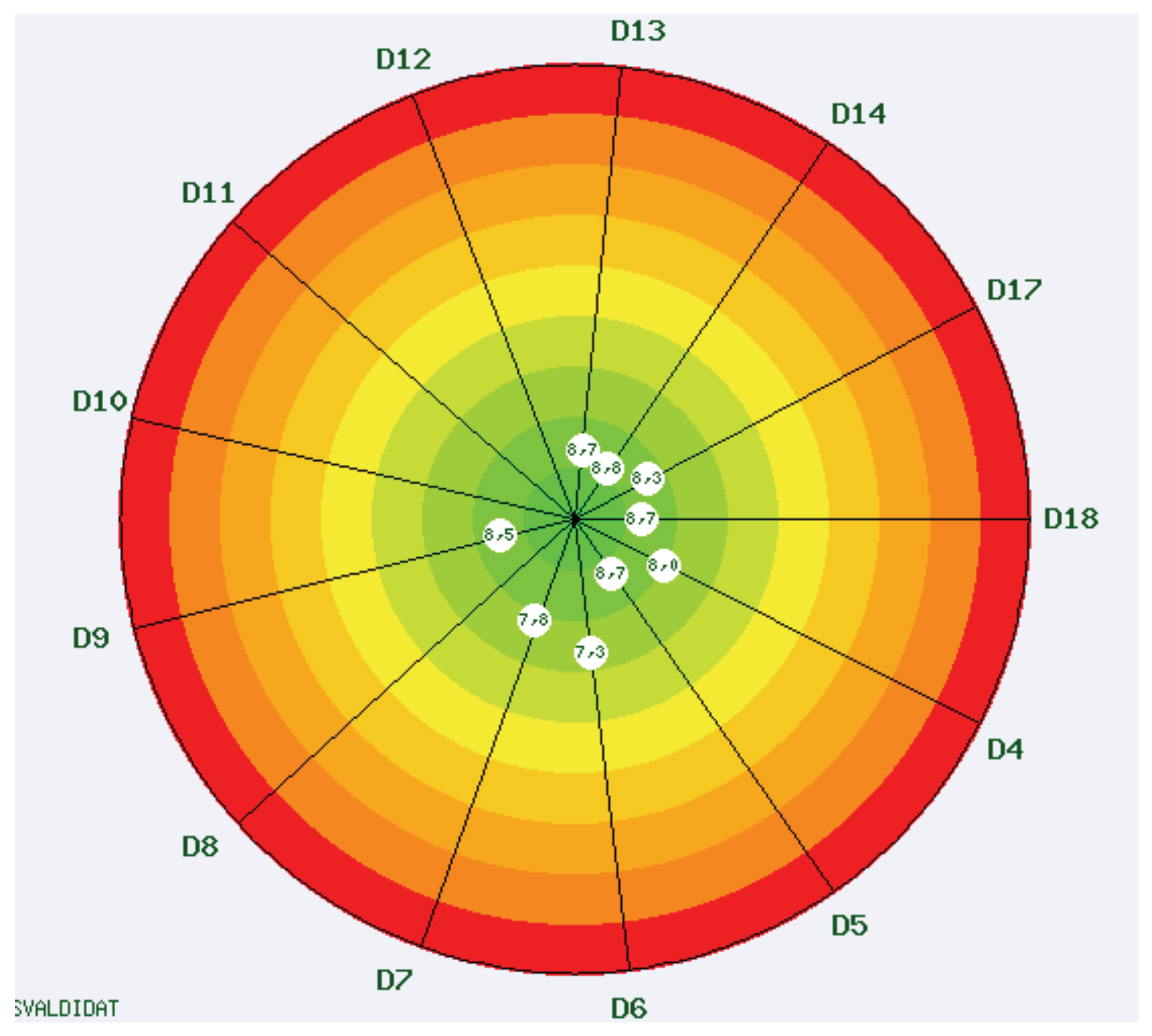
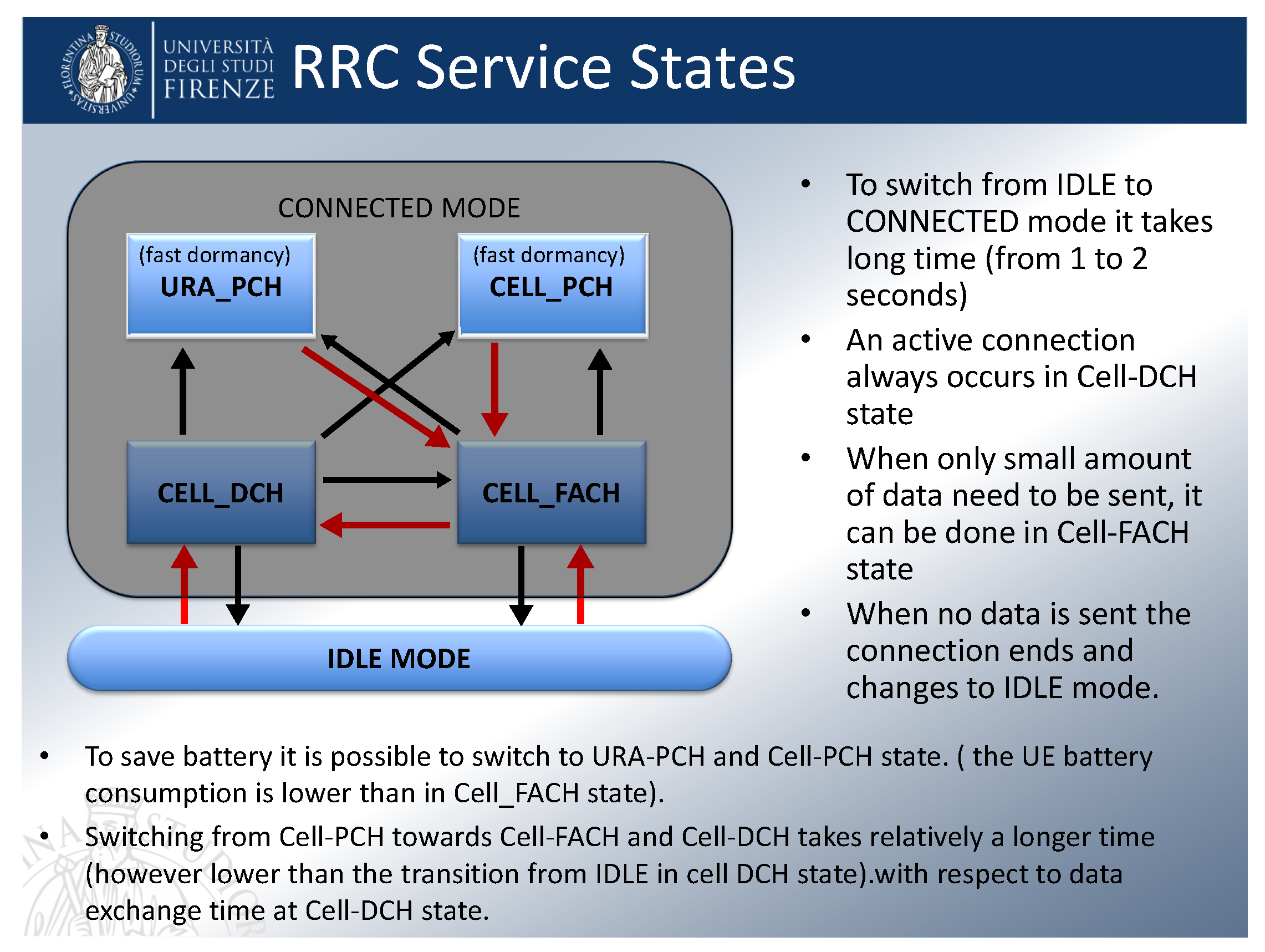
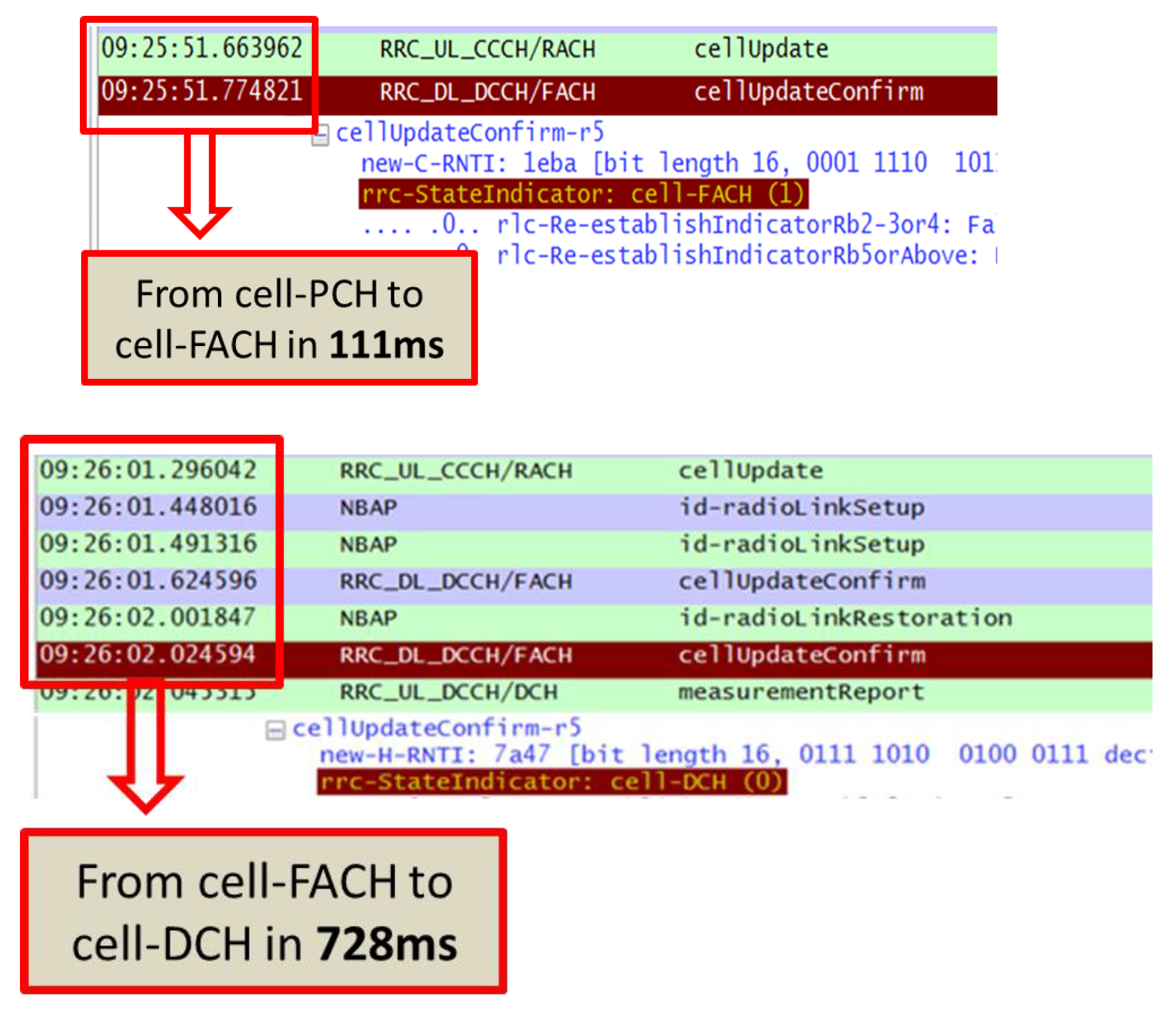
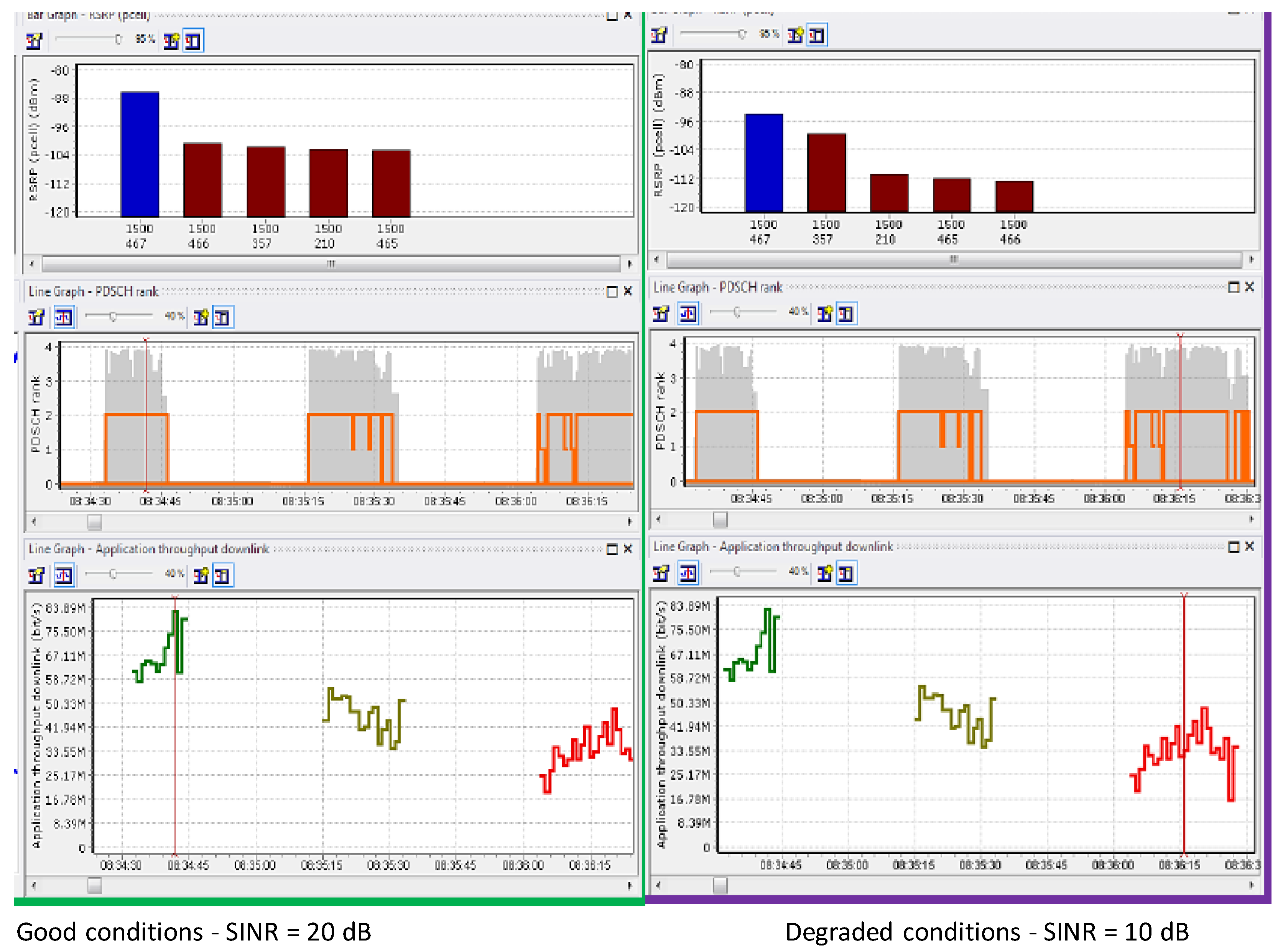
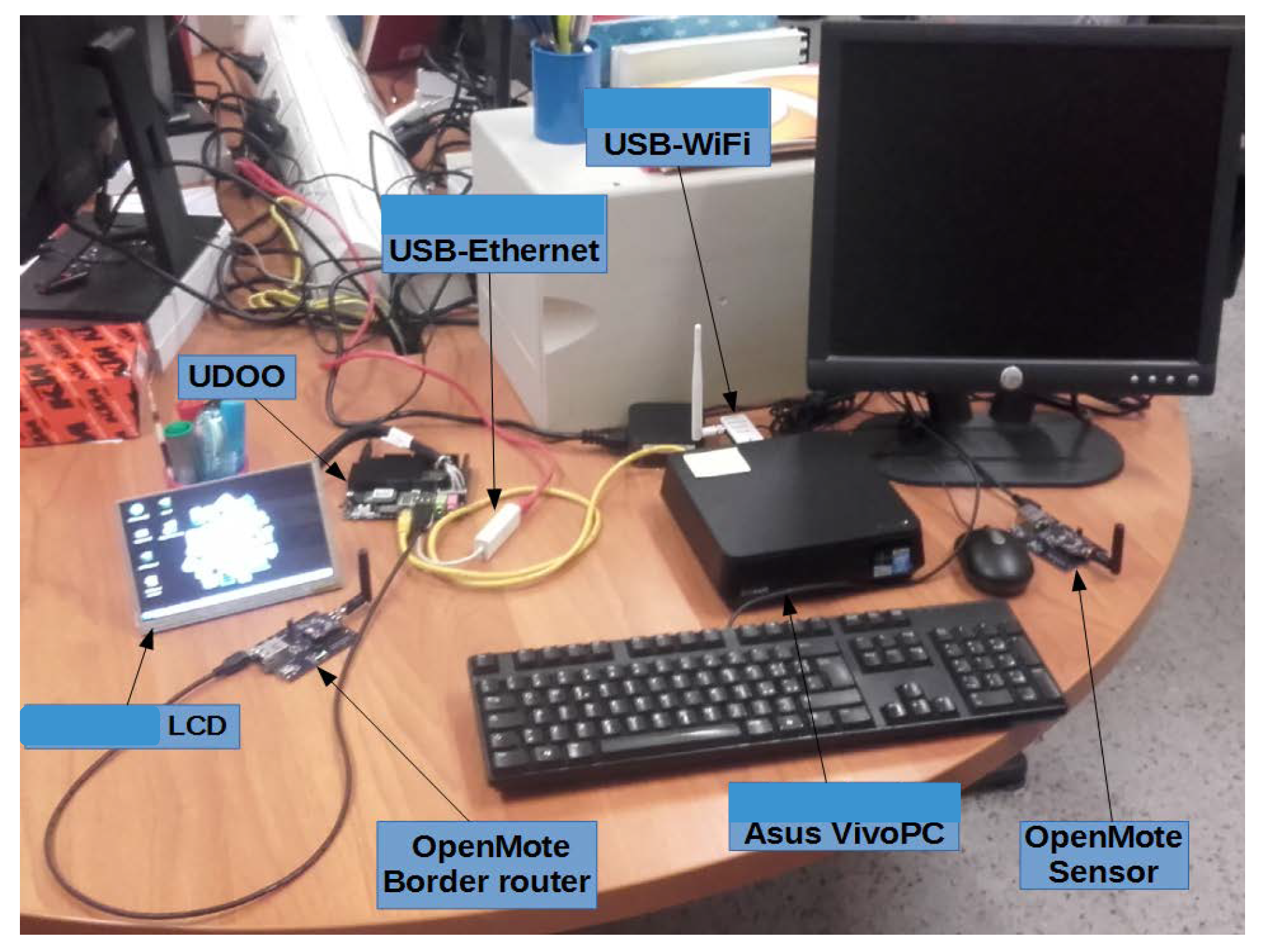
| Questions | |
|---|---|
| D4: | Is the previous basic knowledge sufficient for understanding the topics covered? |
| D5: | Are the topics of the course new or supplementary compared to the knowledge already acquired? |
| D6: | Is the study load of this teaching proportionate to the credits awarded? |
| D7: | Is the teaching material (indicated or provided) adequate for the study |
| D9: | Have the examination procedures been clearly defined? |
| D13: | Are educational activities (exercises, laboratory experiences, workshops, seminars, etc.) useful for learning? |
| D14: | Is the teacher available and exhaustive in clarification? |
| D17: | Are you interested in teaching topics? |
| D18: | Are you overall satisfied with the teaching? |
© 2019 by the author. Licensee MDPI, Basel, Switzerland. This article is an open access article distributed under the terms and conditions of the Creative Commons Attribution (CC BY) license (http://creativecommons.org/licenses/by/4.0/).
Share and Cite
Pierucci, L. Challenges for Teaching Wireless Communications Standards at the Graduate Level. Educ. Sci. 2019, 9, 298. https://doi.org/10.3390/educsci9040298
Pierucci L. Challenges for Teaching Wireless Communications Standards at the Graduate Level. Education Sciences. 2019; 9(4):298. https://doi.org/10.3390/educsci9040298
Chicago/Turabian StylePierucci, Laura. 2019. "Challenges for Teaching Wireless Communications Standards at the Graduate Level" Education Sciences 9, no. 4: 298. https://doi.org/10.3390/educsci9040298
APA StylePierucci, L. (2019). Challenges for Teaching Wireless Communications Standards at the Graduate Level. Education Sciences, 9(4), 298. https://doi.org/10.3390/educsci9040298





